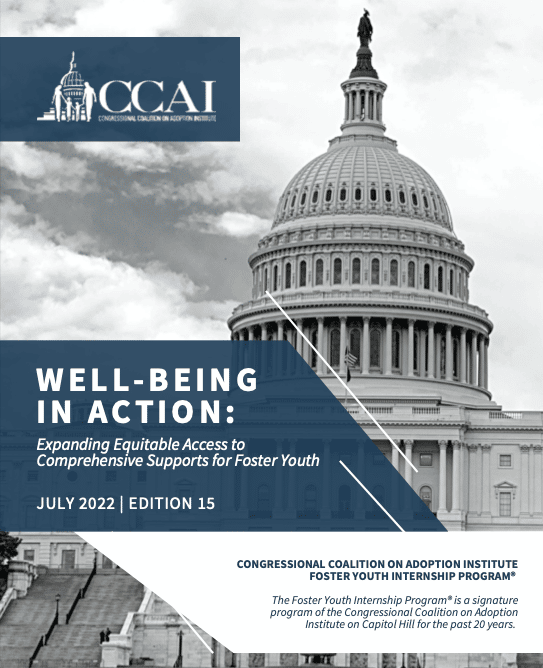Supporting foster youth in the juvenile justice system

The Imprint is highlighting each of the policy recommendations made this summer by the participants of the Foster Youth Internship Program, a group of seven former foster youth who have completed congressional internships.
The program is overseen each summer by the Congressional Coalition on Adoption Institute, a Washington, D.C.-based nonprofit that raises awareness about the needs of children without families. Each of the participants crafted a policy recommendation during their time in Washington, D.C.
Today we highlight the recommendation from Stormy Lukasavage, 26, a graduate of Washburn University.
The Proposal
Lukasavage proposes that Congress take three steps aimed at helping to mitigate cross-system involvement between youth in the juvenile justice and foster care systems. First, he would have them instruct the Government Accountability Office to produce a report focused on the “prevalence, causes, and recommendations for the federal government to reduce juvenile justice system involvement among youth in foster care.”
He would also have Congress establish a pilot program, guided in part by youth with lived experience, aimed at raising up promising practices in preventing dual-system involvement, and would ensure at the federal level that youth in foster care have “adequate legal representation in court.”
The Argument
Little research has been done on the nexus between the child welfare and juvenile justice systems, Lukasavage writes, but what does exist supports a strong connection. He cites a study that explored the histories of youth in juvenile facilities in New York City, Cleveland and Chicago — the prevalence of dual-system youth in those facilities was 70%, 69% and 45%, respectively.
In Their Own Words
“I was working in a correctional facility as an intern teaching a risk analysis class when one of my friends from a foster care group home showed up. That group home was a hotbed for juvenile delinquency due to easy accessibility to drugs, violence among peers, poor community support, and other factors, but I never expected to see him at the correctional facility.”
The Imprint’s Take
Lukasavage outlines a worthy task for the GAO here: use a sample or case study to try and establish the most frequent reasons that foster youth find themselves in trouble with the law. Our guess is that this will yield an outsized proportion of cases that start with status offenses like truancy and running away from home, or in this case, from foster care.
The priciest endeavor in Lukasavage’s proposal — a federal mandate of legal representation for foster youth — could actually become law sometime soon. The most recent attempt to reauthorize the Child Abuse Prevention and Treatment Act (CAPTA) includes a requirement of counsel for both children and parents involved in child welfare cases.
There isn’t exactly funding to help with that requirement in the bill, but a recent change to federal policy already addressed the money part. In 2018, Trump child welfare officials changed the policy around Title IV-E administrative spending to clarify that states could be reimbursed for half of the cost for legal fees related to representing kids and parents.






